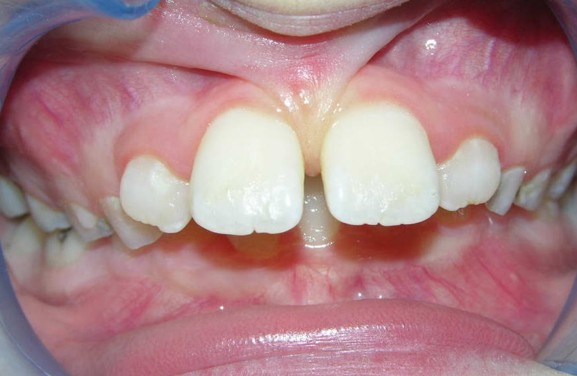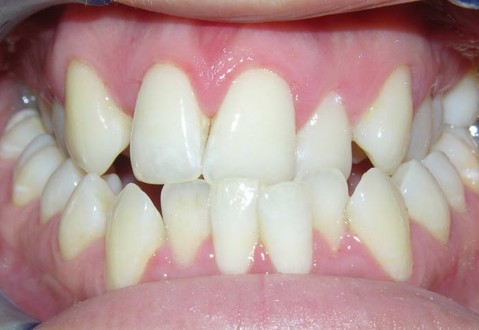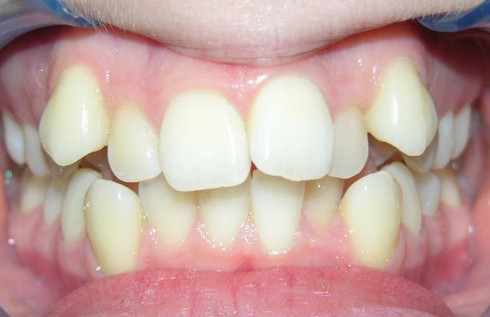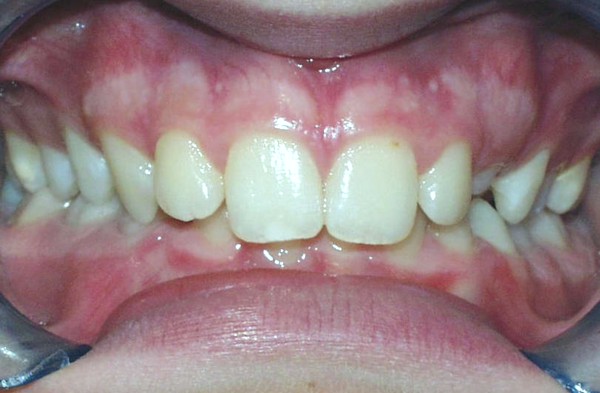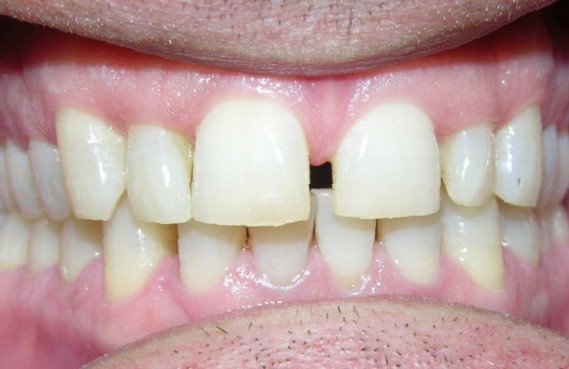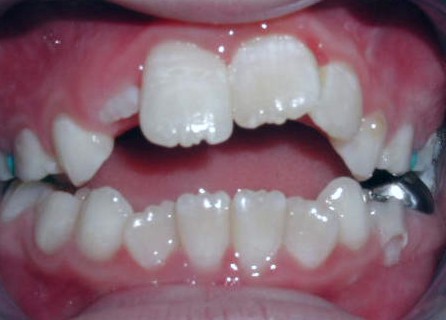Orthodontic Problems
Class 2
Class 3
In this instance, the lower jaw and teeth are displaced to the front of the upper jaw structures.
Facially,the appearance may give the impression that the lower jaw is excessively large, but in many cases the lack of upper jaw development is at fault.
Crowding
This posturing may result in an incorrect functional position of the lower jaw with accompanying facial asymmetry.
Overlap
Although many factors contribute to the dental crowding, this problem usually sterns from a discrepancy between space available in each jaw and the size of the teeth.
Aside from aesthetic considerations, poor alignment of teeth may be associated with periodontal problems and an increased risk of dental decay due to difficulty in maintaining proper oral hygiene.
Deep Bite
Associated problems include:
⦁ Excessive display of gum tissue
⦁ Lip protrusion or entrapment of the lower lip
⦁ Biting the roof of the mouth
⦁ Worn out incisors
Diastema
Like crowding, spacing may be related to a tooth-to-jaw size disharmony. Gum tissue attachment called “frenae” are also a common cause of spacing between the front teeth. Excessive vertical overlap of the front teeth as well as incisor protrusion may lead to spacing.
Other contributing factors include atypical or unusually narrow teeth, and missing or impacted teeth.
Open Bite
Early assessment and intervention with these disorders is critical to the overall success.

